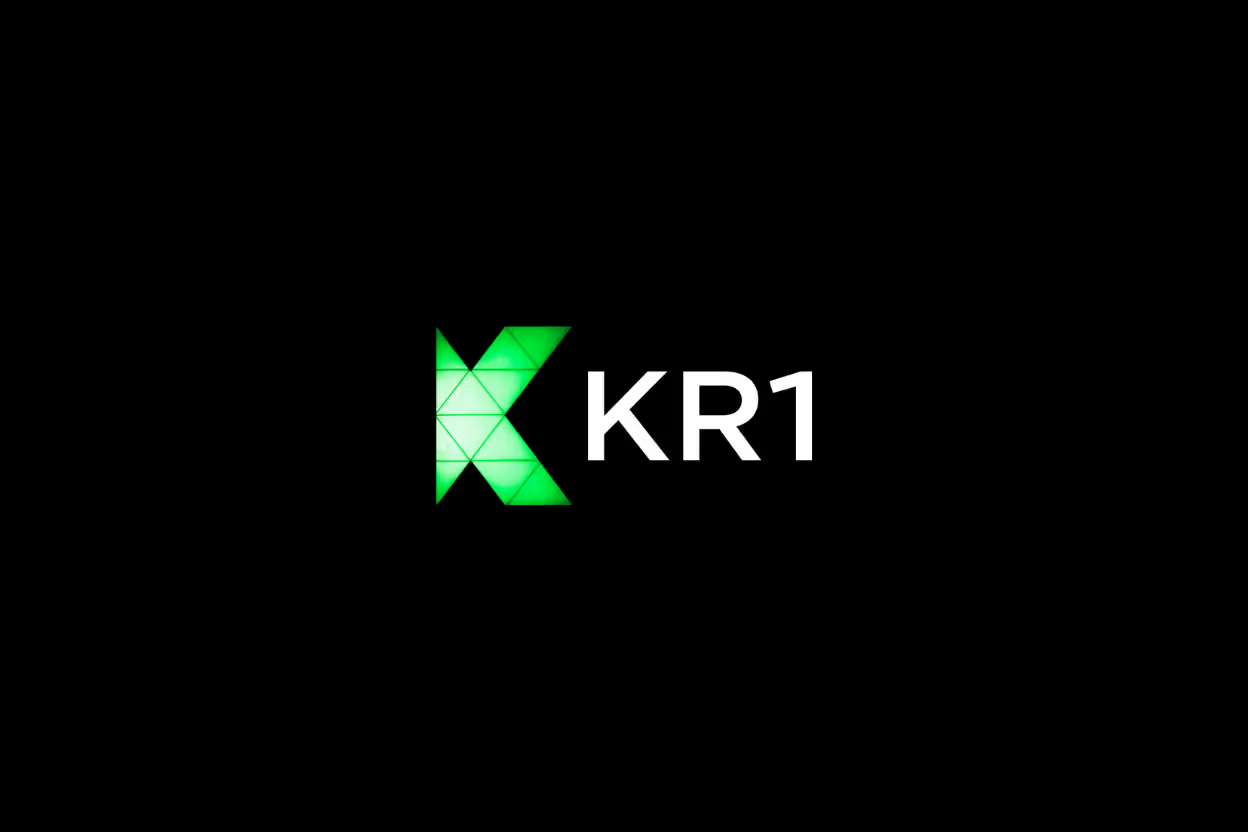In Web3, founder branding goes well beyond just a logo or a pseudonym. It’s about building trust and credibility in a community that values transparency and personal connection. Unlike traditional startups, blockchain projects often rely on the founder’s presence and reputation to gain support and attract users.
Web3 founders need to show consistency in their values, communicate openly, and participate actively in the ecosystem. This personal approach helps cut through the noise and creates lasting influence. Understanding this shift is key for founders and investors looking to stand out in the blockchain world.
The Unique Nature of Branding in Web3
Branding in Web3 breaks away from traditional rules. It reshapes how identity and reputation work in a decentralized environment. Here, trust isn’t handed down from big companies or flashy ads, but earned through authenticity and direct connection. The way founders present themselves, interact with their audience, and build their presence differs from Web2. Let’s look at key factors that set branding apart in this space.
Decentralization and Its Impact on Branding
Decentralization flips the old model of control on its head. Instead of a central authority managing the brand, power shifts to individuals and communities. This means:
- Brand trust comes from transparency and consistent actions, not marketing budgets.
- Founders must actively engage with users because there’s no middleman controlling the narrative.
- Community opinions carry real weight and can make or break a brand.
With no centralized entity overseeing the message, branding feels more like a conversation. The founder’s role is less about broadcasting and more about listening, responding, and adapting. This can create a stronger, more genuine connection with the audience.
Still, this raises a challenge: how can founders manage their reputation when so many voices shape their public image?
Anonymity and Pseudonym Usage in Web3
In Web3, founders often use pseudonyms or stay anonymous. This choice protects privacy but also changes how people judge credibility. Here’s what this looks like:
- Trust must be built through actions rather than identity. Users watch transaction history, contributions to projects, and consistency instead of relying on a real name.
- Anonymity allows focus on ideas instead of personal background or status. This can level the playing field for new voices.
- But gaining trust without a known identity takes time and clear proof of value.
So, how do you establish authority without revealing your true identity? Founders lean on verifiable on-chain records and transparent communication to earn credibility. This creates a unique trust mechanism unlike anything in traditional branding.
Understanding these distinct elements of Web3 branding is essential for founders who want to build more than just a logo or a name—they need a reputation that stands up in a decentralized, pseudonymous world.
Key Elements of Founder Branding Beyond Logos and Pseudonyms
In Web3, founder branding goes much deeper than just having a memorable logo or a cool pseudonym. It’s about how founders connect with their community on a human level, building credibility and trust over time. Simply put, it’s the story and actions behind the name that matter most. Let’s break down the essential components of founder branding that move beyond surface-level identity.
Storytelling and Authentic Narratives
Sharing your journey, mission, and vision creates an emotional thread that pulls people in. Why did you start this project? What problems are you trying to solve? When founders open up about their motivations and challenges, it makes their work relatable and inspiring. Authentic narratives show that your project is more than just code or tokens—it’s a mission driven by real values.
Using storytelling to explain setbacks or pivots also humanizes your role. It’s not just about success stories but being honest about the ups and downs. This kind of openness helps your audience see you as someone genuine, not just a face behind a brand. When people feel connected to your deeper purpose, they become loyal supporters who believe in your vision.
Transparency and Accountability
Web3 communities expect more than polished marketing—they want clear, honest communication. Transparency means sharing key decisions, project milestones, and even where things have gone wrong. Being upfront about your progress and hiccups builds trust faster than any hype or buzzwords.
Accountability takes this further by showing you stand behind your commitments. It means owning mistakes openly and sharing how you’re working to fix them. This kind of candor encourages community members to engage constructively rather than criticize from the sidelines. When founders practice transparency and accountability, they turn followers into partners who see the whole picture.
Active Community Engagement
Being visible and responsive isn’t a nice-to-have; it’s a must. Genuine interactions on social media, forums, and governance platforms let founders build relationships that go deeper than announcements or one-way updates. Active engagement means answering questions, joining discussions, and listening to feedback regularly.
Simple actions like hosting AMAs, replying to comments, or participating in proposals show that you value the community’s voice. This two-way interaction creates a sense of belonging and shared ownership. Over time, these genuine touches forge a loyal community willing to support and promote your project naturally.
Thought Leadership and Educational Content
Positioning yourself as a knowledgeable and trusted source adds serious weight to your personal brand. Sharing insights through blogs, videos, tweets, or talks helps others learn and stay informed. Thought leadership means providing value regularly and pushing ideas forward in your space.
Educational content can cover technical explanations, industry trends, or practical advice for users and developers alike. This not only elevates your reputation but also draws in folks who want to learn from your expertise. By becoming a go-to resource, founders solidify their authority and the project’s credibility, which is critical in a complex field like Web3.
Each of these elements builds on the others. Storytelling draws people in, transparency keeps them trusting, engagement grows the relationship, and thought leadership keeps the connection meaningful. When founders go beyond logos and pseudonyms, they create brands rooted in genuine connection and lasting influence.
Practical Strategies for Building Your Founder Brand in Web3
Building a strong founder brand in Web3 requires more than just showing up. It means aligning all your digital presence with your core values, using the right platforms, and sharing your journey openly. When you intentionally shape how you present yourself, you build trust which is the foundation of influence in this community-driven space. Here are some practical ways to do that.
Crafting a Consistent Digital Identity
Your online presence is often the first way people get to know you. Are your profiles, posts, and conversations reflecting the same message? Consistency here helps people quickly understand what you stand for and what your project is about.
- Align your online profiles with your brand values. Use similar usernames, photos, or symbols that match your mission.
- Keep your messaging clear across LinkedIn, Twitter, Discord, and any blog or podcast appearances.
- Reflect your project’s goals in everything you share—from technical updates to casual insights.
- Be mindful of tone and voice, whether formal, friendly, or technical, to match the identity you want to express.
Think of your digital identity as your reputation’s foundation. When each part fits, your audience feels they know the real you behind the screens.
Leveraging Social Media and Web3 Platforms
Which platforms you choose make a big difference. In Web3, certain places attract the most meaningful interactions, and knowing where your audience is can boost your visibility and influence.
- Twitter remains the hub for quick updates, thought leadership, and engaging with influencers and media.
- Discord hosts communities. It’s the best place to have real-time conversations, run AMAs, and create a close-knit supporter base.
- Explore emerging decentralized networks like Mastodon or Lens Protocol. These platforms provide alternatives free from centralized control and align well with Web3 values.
Use these platforms not just to talk but to listen and respond. Engagement thrives on interaction, turning followers into true supporters.
Sharing Milestones and Learning Moments
People connect with the real story behind successes and failures. Sharing your progress and lessons builds authenticity and keeps your community engaged.
- Celebrate achievements clearly—funding rounds, product launches, partnerships.
- Be honest about setbacks or pivots. What did you learn? How will you adjust? This shows transparency and accountability.
- Invite feedback by sharing challenges and asking your community for input.
This openness creates trust and shows you’re dedicated to a long-term mission, not just short-term wins. It also humanizes you: people don’t just invest in projects; they invest in the people behind them.
Building your founder brand requires a steady mix of clarity, presence, and openness. It’s about showing up in ways that prove your commitment and integrity in every interaction. The real power of your brand in Web3 lies in authenticity and consistent action.
Challenges and Common Misconceptions in Web3 Founder Branding
Building a founder brand in Web3 is not without hurdles. The decentralized, pseudonymous nature of the space creates unique challenges that test how founders show credibility and authenticity. Misunderstandings about anonymity, privacy, and self-presentation can lead to stalled trust or diluted impact. Addressing these questions head-on can help founders avoid common traps while strengthening their presence.
Overcoming Skepticism in a Trustless Environment
How do you prove trustworthiness when your true identity might be hidden? The Web3 world often operates under a "trustless" model, where systems replace traditional guarantees. Skepticism runs high because many users expect transparency but don't always have direct visibility into the people behind projects.
To overcome this:
- Show consistent, verifiable actions. Your past work, contributions to the ecosystem, and on-chain activities speak louder than words.
- Use transparent communication channels. Regular updates and open dialogue on forums or social platforms build rapport.
- Leverage endorsements from respected community members. Trusted voices help validate your credibility.
Consider trust as a bridge built brick by brick, not a leap of faith. When your patterns match your promises, trust naturally follows.
Balancing Privacy and Transparency
Maintaining privacy while building a recognizable brand can feel like walking a tightrope. Web3 founders want to protect personal security without giving the impression of secrecy or distance from their community.
A few strategies work well here:
- Share your mission and progress openly, but limit personal information. Focus transparency on your work rather than private details.
- Use pseudonyms smartly. Pseudonyms don’t have to mean faceless or silent. Engage widely, show your expertise, and maintain a consistent identity online.
- Use technical transparency. Allow people to verify your contributions through on-chain proof or public repositories without needing your real-world identity.
This balance builds confidence without compromising safety, showing you value openness but respect boundaries.
Avoiding Common Pitfalls Like Over-Branding or Inauthenticity
It’s tempting to polish your image aggressively or follow trends to catch attention. But over-branding—trying too hard to control every aspect—or appearing inauthentic can backfire.
Watch out for:
- Excessive self-promotion. Readers and communities reward subtlety and substance over flashy hype.
- Inconsistent messaging. Mixed signals confuse supporters and erode trust.
- Ignoring community feedback. Your brand grows strongest when it adapts and listens.
- Creating a persona that doesn't fit your real values. False facades are easy to spot and damage long-term credibility.
Stay genuine. Your brand works best when it reflects your real motivations and actions. It’s less about appearing perfect and more about being reliable and relatable.
Facing these challenges openly helps founders build brands that last. With the right balance, you can turn the common pitfalls in Web3 branding into opportunities for meaningful connection and reputation growth.
Conclusion
Strong founder branding in Web3 centers on authenticity, transparency, and genuine engagement. It creates trust that lasts beyond just a logo or pseudonym by showing your real values through consistent action and open communication. Building your presence with honest storytelling, responsive community interaction, and clear accountability lays a foundation for influence and long-term success.
As Web3 continues to develop, founders who prioritize these qualities will attract more loyal supporters and partners. Your brand will reflect not just your project’s technology, but the trust and relationships you build along the way.
What steps will you take today to strengthen your founder brand beyond surface-level identity?
Thank you for exploring this important aspect of Web3 founder branding. Your journey to genuine connection and trust starts here.









